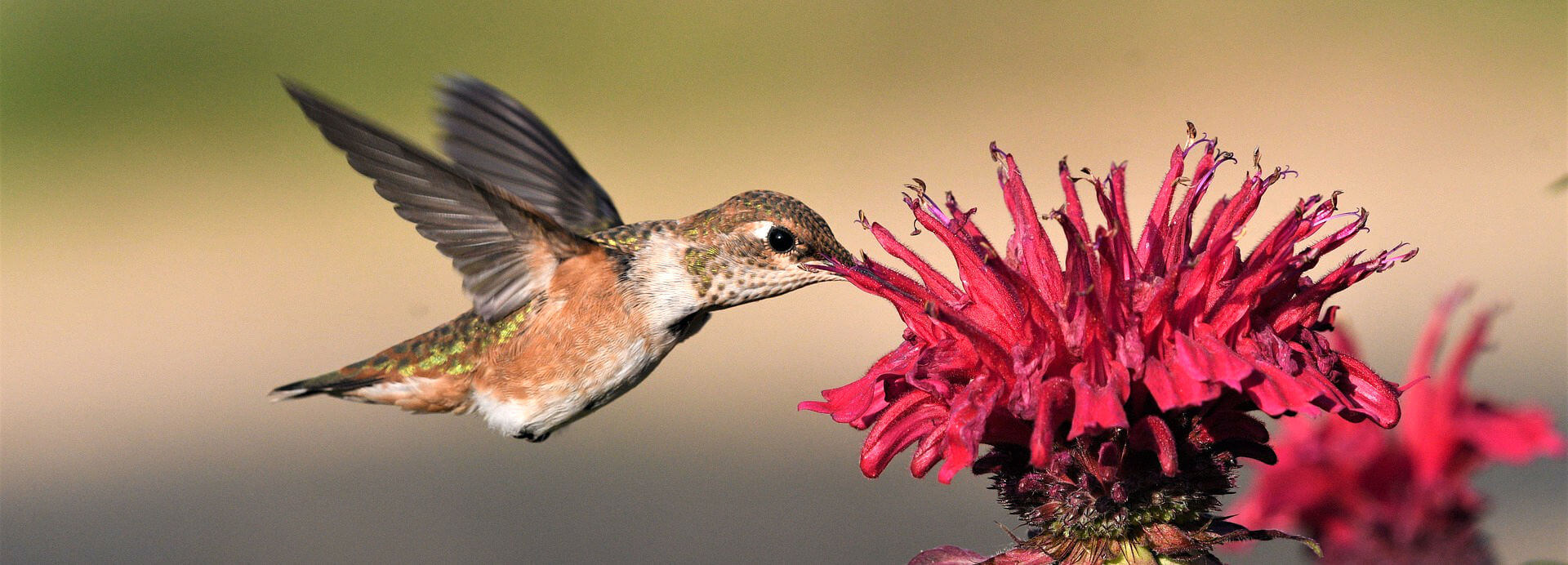
As Colombia continues to emerge as one of South America’s most exciting travel destinations, it’s more important than ever to prioritize responsible and sustainable tourism. As we explore this incredible country, we also have a responsibility to protect its natural wonders and support local communities.
This guide is your companion to responsible travel in Colombia, offering practical tips, highlighting the country’s commitment to sustainable tourism, and showcasing sustainable destinations. Let’s travel more consciously and leave a positive footprint along the way!
Colombia has relatively recently begun to gain visibility on both international and local tourism maps. Following the 2016 peace agreement with the FARC guerrilla, many once-inaccessible regions started welcoming visitors for the first time. But with this opening comes great responsibility – not just for Colombia as a country, but also for tourism operators and travelers.
As we explore Colombia’s untapped regions, we also risk jeopardizing them. When we visit lesser-known destinations and share our experiences, we contribute to exposing them to the risks of mass tourism. The more we visit top attractions like Cartagena or the Lost City in the Sierra Nevada de Santa Marta, the more we increase the risk of overtourism. While international tourism can strengthen local economies, it can also lead to gentrification, inflating prices and making it harder for locals to explore their own country.
Traveling responsibly means acknowledging these risks. By embracing our responsibility, we can support responsible and sustainable tourism in Colombia.
Aware of the challenges mentioned above, we have put together some guidelines and tips for socially and environmentally responsible and sustainable tourism in Colombia. We would love to improve them based on your feedback and input. Feel free to share your thoughts with us via email at hello@travelhapp.com, or via Facebook and Instagram.
Did you know that the Río Magdalena in Colombia was declared to have rights in 2019?
Give constructive feedback, engage people in discussions, share and encourage good practices. Some examples:

Photo by David Restrepo, Filandia (mod.)
If you’re an eco-conscious traveler looking for sustainable destinations in Colombia, there’s good news! The Colombian Ministry of Commerce, Industry, and Tourism is working to certify travel destinations that are committed to responsible and sustainable tourism. To earn this certification, destinations must meet specific social, environmental, and economic sustainability criteria.
Among the travel destinations in Colombia that have already received a sustainability certificate – or are currently in the approval process – are the following neighborhoods, cities, and regions:
Share your thoughts!
Questions or comments? We’d love to hear them! Reach out to us on Instagram, Facebook or TikTok.
Last Update: May 14, 2025
Image Credit: Image on top by Veronika Andrews (mod.)
© 2025 Travelhapp.com
To provide the best experiences, we use technologies like cookies to store and/or access device information. Consenting to these technologies will allow us to process data such as browsing behavior or unique IDs on this site. Not consenting or withdrawing consent, may adversely affect certain features and functions. View our Privacy & Cookie Policy